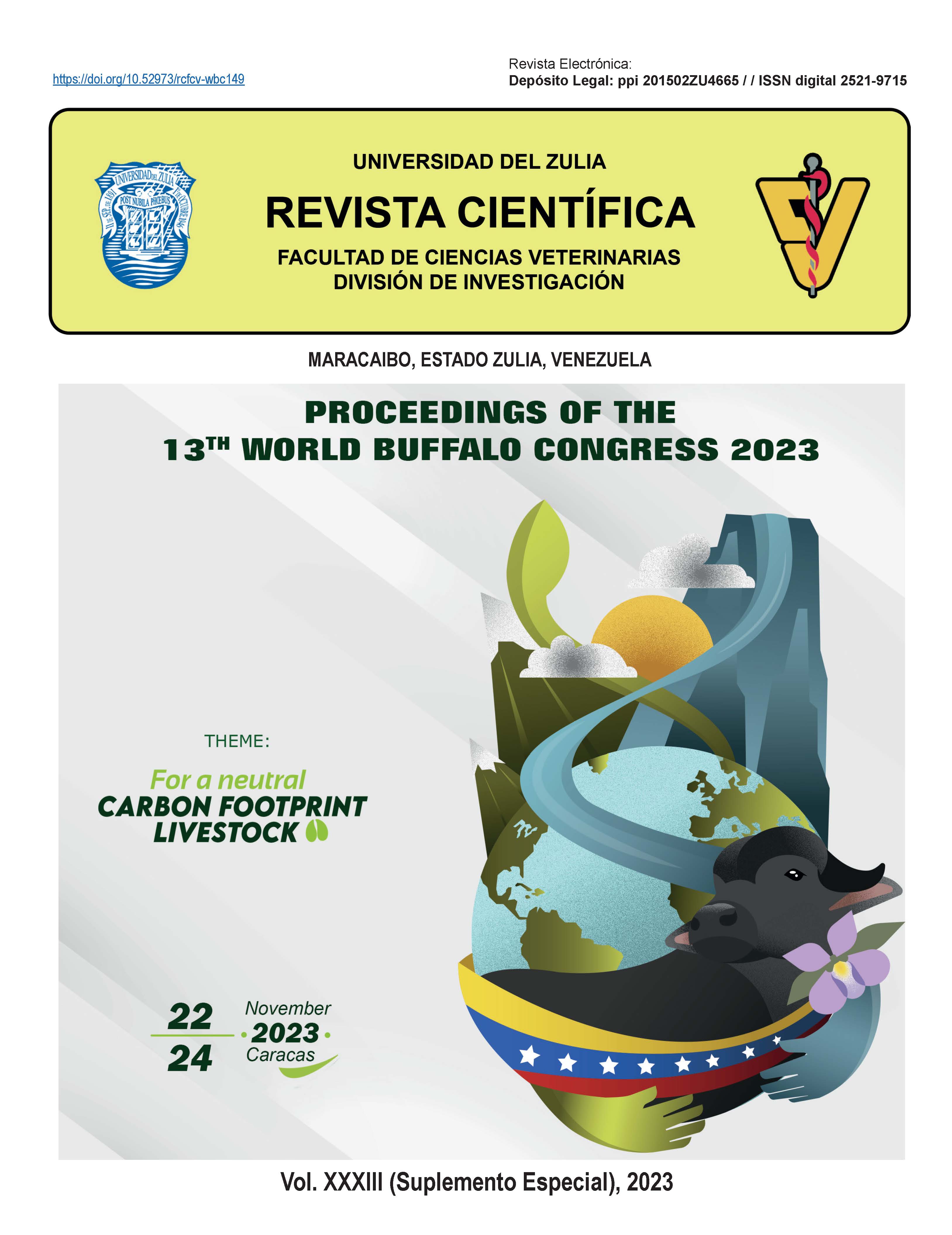Bubaludicus: games and playfulness for the buffalo promotion
Abstract
Information on any issue is currently available with just one click, which determines the need to rethink how to teach. Creating an effective learning environment is not easy. Innovative methods attract more interest from people due to their needs. This paper describes the application of an innovative strategy (Bubaludicus) through the use of the games for promotion of knowledge about buffalo (Bubalus bubalis) breeding and production. The strategy is based on the belief of the existence of a relationship between game and learning. A game compatible with android phones was developed. In the game, the user needs to fit geometric pieces together to achieve the ultimate goal of completing the shape. At the end of play, information about Bubalus bubalis (species, production, products, importance, among others) is displayed on the screen. Puzzles and memory games (physical games) were also developed with the same objectives. 45 children and 32 adults were selected to evaluate the effectiveness of the strategy. It was observed that the challenge of the game resulted in memorization of information about the domestic buffalo. An important feature associated with the memory game was the competitor’s familiarization with the “figure” of the buffalo, distinguishing it from Bison bison and Cyncerus caffer. This research highlighted the use of the games as a knowledge-diffusion strategy. It is possible to consider “Bubaludicus” as a powerful and playful tool for the Bubalus bubalis promotion.
















